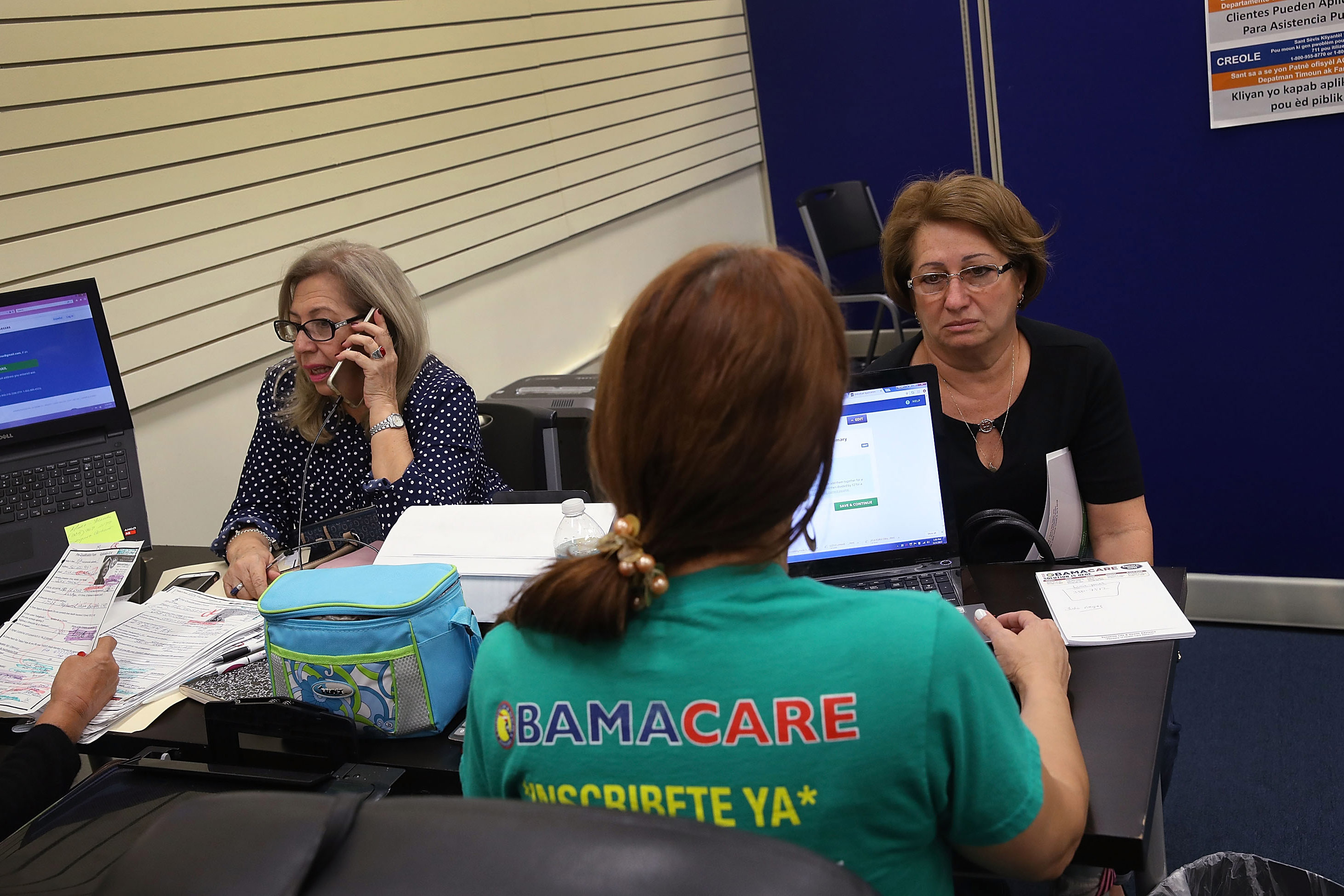State Health Policy and Data
New and noteworthy
State Health Facts
More than 800 state-level health indicators can be mapped, ranked, and downloaded
Medicaid State Fact Sheets
Key data for Medicaid use in every state, including current coverage, access, and financing
Latest News
-

Wheelchair? Hearing Aids? Yes. ‘Disabled’? No Way.
-

Plan-Switching, Sign-Up Impersonations: Obamacare Enrollment Fraud Persists
-

How Delays and Bankruptcy Let a Nursing Home Chain Avoid Paying Settlements for Injuries and Deaths
-

Trump’s Idea for Health Accounts Has Been Tried. Millions of Patients Have Ended Up in Debt.
Subscribe to KFF Emails
Choose which emails are best for you.
Sign up here